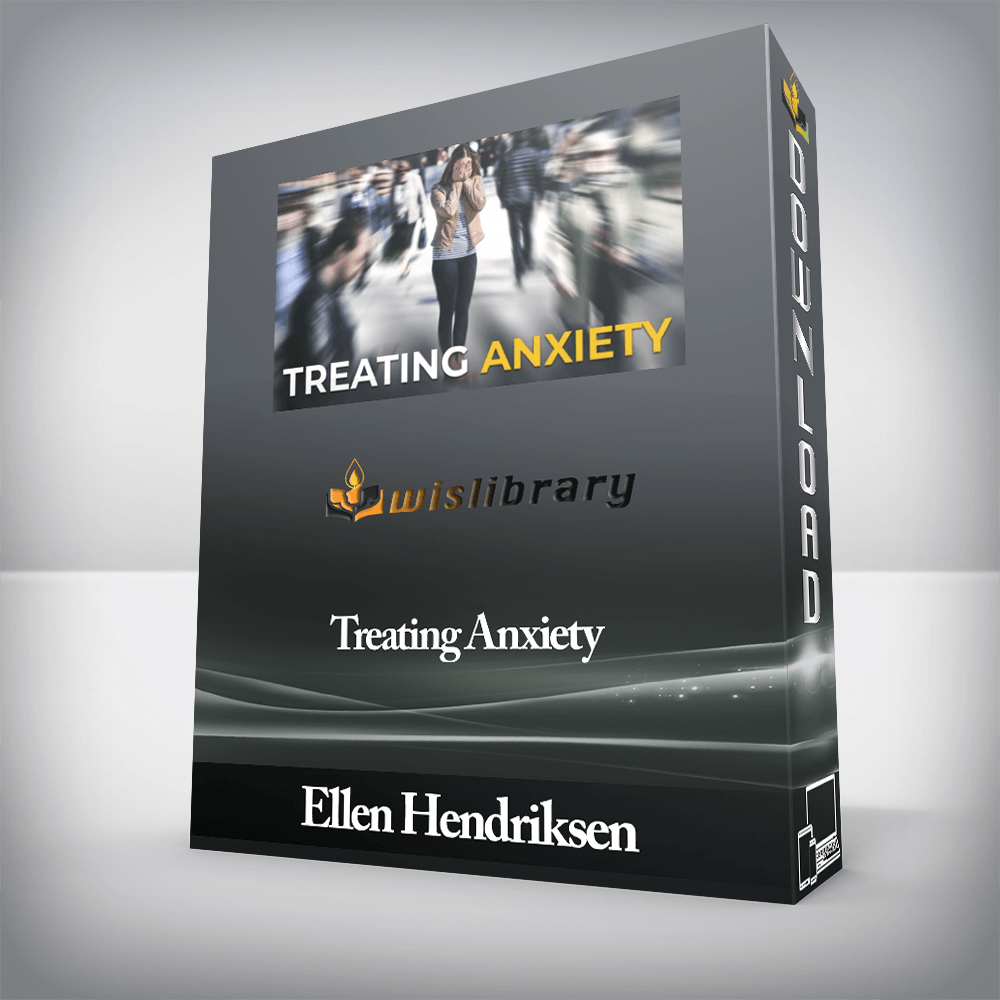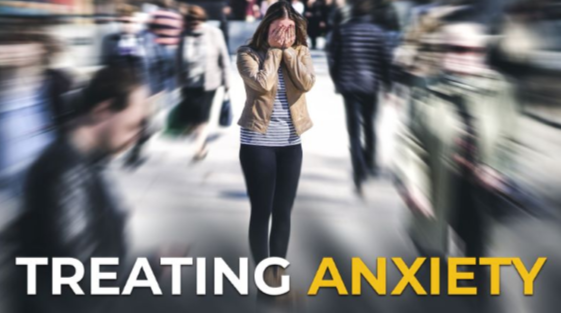


Using skills from this course, you can start facing your fears and gain confidence that you can handle anxiety-provoking situations.
Institution: Center for Anxiety and Related Disorders, Boston University
Alma mater: University of California, Los Angeles
Have you ever experienced anxiety? Of course you have. It’s that uneasiness in your stomach as you walk into a job interview or the feeling of nervousness on a first date. And that’s not necessarily a bad thing; numerous studies have shown that moderate anxiety enhances performance. But for millions of Americans, anxiety is persistent and excessive, and significantly impacts daily life. In fact, the National Institute of Mental Health reports that 31% of adults in the United States experience an anxiety disorder at some time in their lives.
It might be hard to believe today, but anxiety started out as positive trait—You could even say you owe your life to it. In the world of our early ancestors, the only people who stayed alive long enough to pass on their genes were the ones who assumed that what was bad was bad and that what was ambiguous was bad, also. Anxiety told them that, even though they couldn’t see the bear right that minute, they had good reason to believe it was lurking nearby. Anxiety put your ancestors back in their cave, postponing hunting for another day. They were safe. Hungry? Maybe. But safe, definitely.
In the 12 fascinating and action-oriented lectures of Treating Anxiety, Dr. Ellen Hendriksen will help you identify and understand the causes and symptoms of numerous anxiety disorders—from generalized anxiety disorder to social anxiety to panic. With a calm approach, and always supported by rigorous scientific studies, she will give you numerous tools and exercises you can employ immediately to help treat your own anxiety. After all, few of us are in danger of being eaten by a bear these days and, as Dr. Henricksen says, “We don’t want to spend our lives hiding in the metaphorical cave.”
Anatomy of an Anxious Moment: Building Interventions
Think about the most recent time you had an anxious moment. Maybe you felt a spike in your anxiety because you were stuck in traffic and late to pick up your child from school. Or maybe you’re anxious about your finances now that your partner is between jobs. Whatever the cause of the anxiety, if you think about the moment in detail, you’ll be able to break it down into three components:
Every moment of anxiety has these same three basic components—physiology, thoughts, and behavior—no matter what type of anxiety you have. The great news about having identified these three components is that you now have three points of intervention.
In this course, you’ll learn to calm your body with breathing techniques and grounding. You’ll learn exercises to help you accept your thoughts for exactly what they are: not truth, but just thoughts. And you’ll learn to act in accordance with your values rather than your fears.
Cross-Cutting Factors
In Treating Anxiety, you’ll learn about the common themes that are found across all types of anxiety. Each anxiety disorder includes an element of:
Tools You Can Use
Each of the many, many anxiety-reducing tools Dr. Hendriksen teaches in this course falls into one of two buckets: change or acceptance. Many of the change tools come from a branch of psychotherapy called cognitive behavioral therapy (CBT). CBT posits that if we can change how we think, we can change how we feel—including anxiety. Acceptance means realizing that a particular thought, feeling, or physiological sensation is part of the package deal of living a meaningful life. It is developing a willingness to experience the components of anxiety, while seeing those experiences as being separate from you. It definitely does not mean resignation and giving up feeling any differently than you feel now.
Among the many useful tools Dr. Hendricksen teaches, you will learn about:
While this course gives you many tools for self-treating your anxiety, you might prefer working with a therapist one-on-one. Dr. Hendriksen provides guidance on how to locate one, giving you resources to find the right therapist for you. Also, in this course, a psychiatrist addresses questions about anti-anxiety medication. No matter which route is right for you, you will find calming support in Treating Anxiety.
There are no reviews yet.
You must be <a href="https://wislibrary.net/my-account/">logged in</a> to post a review.